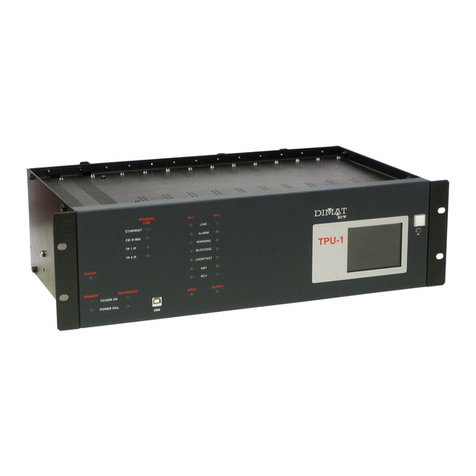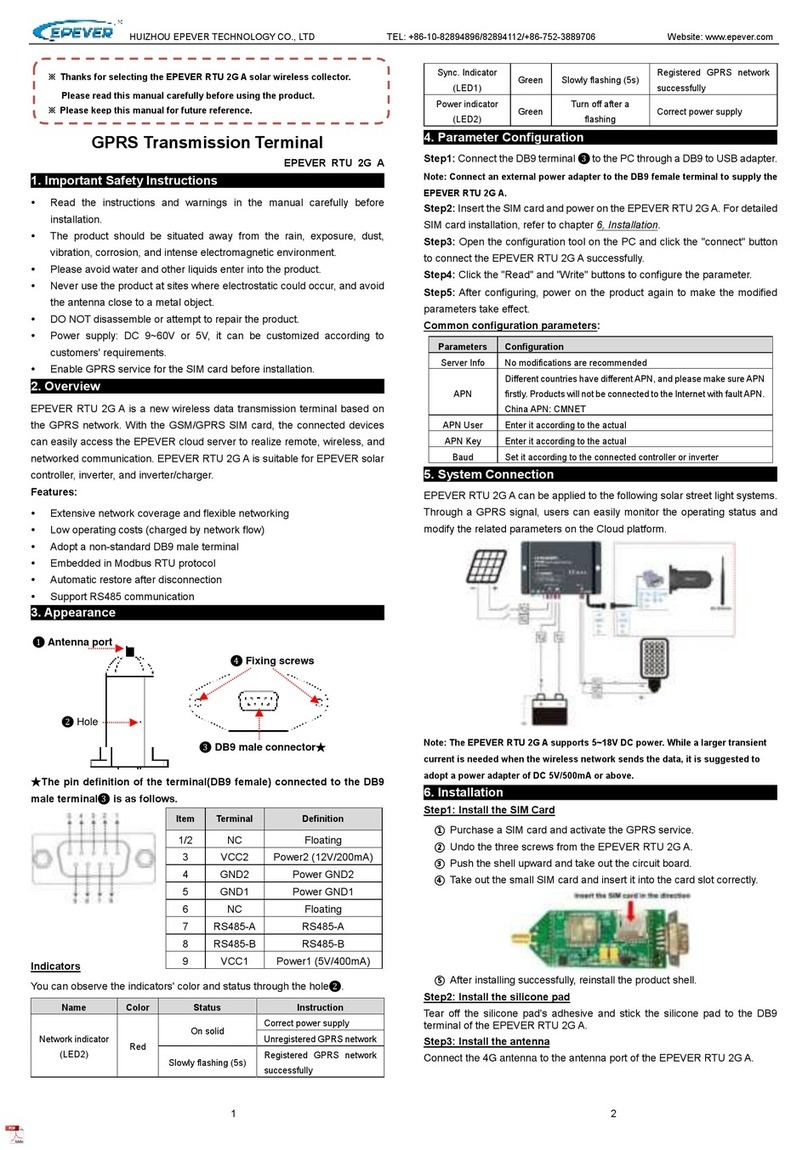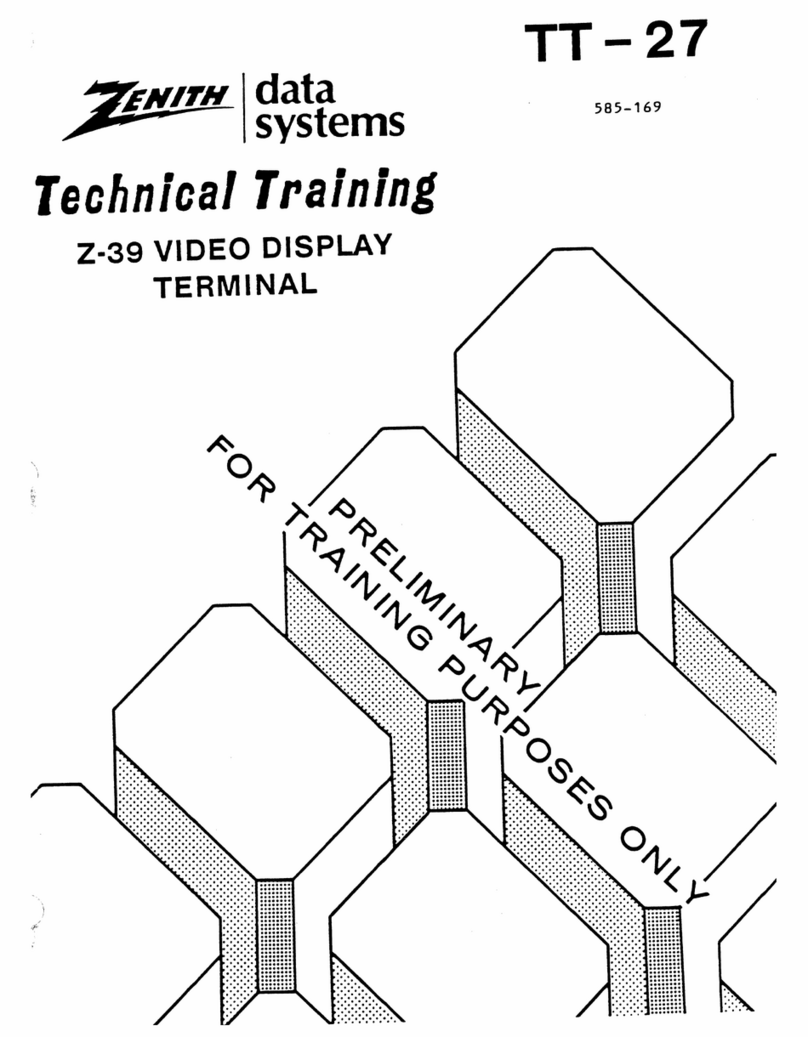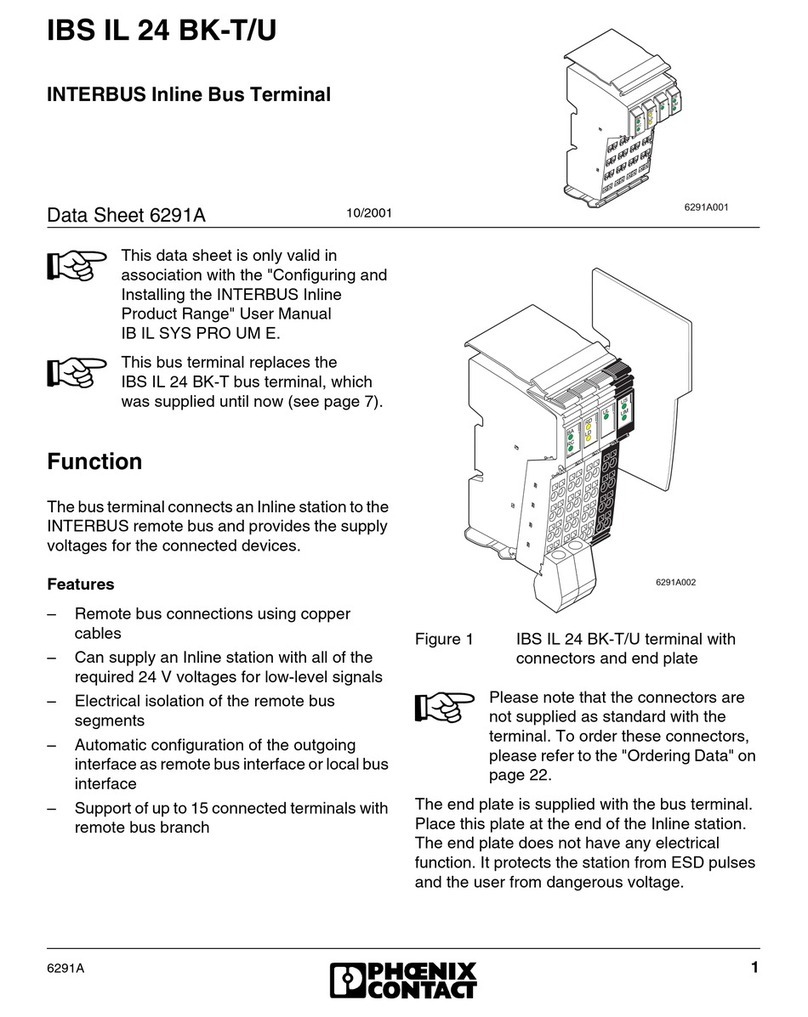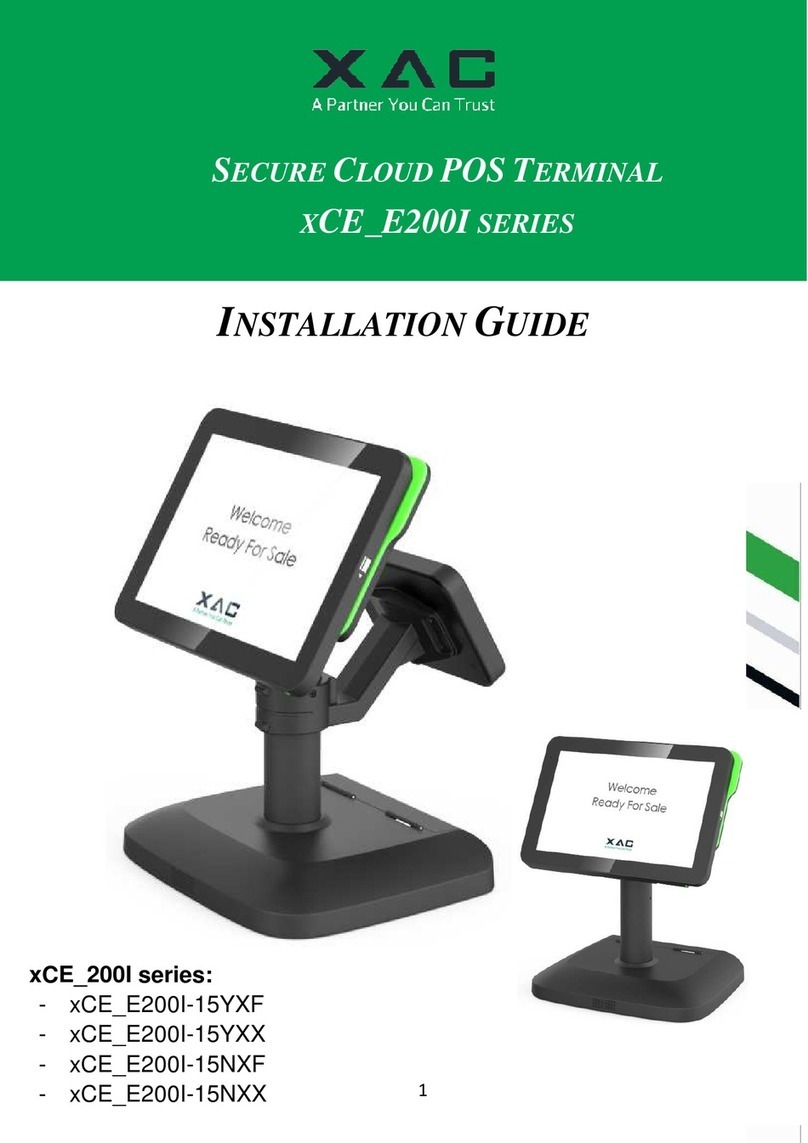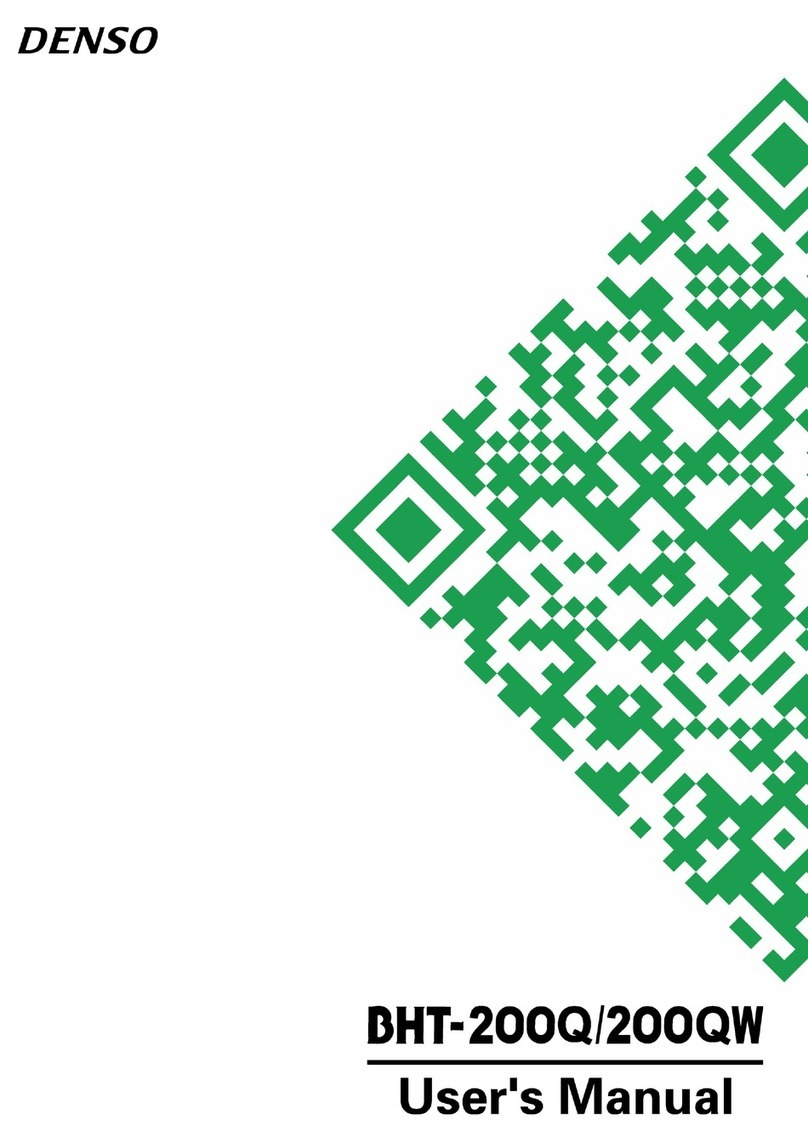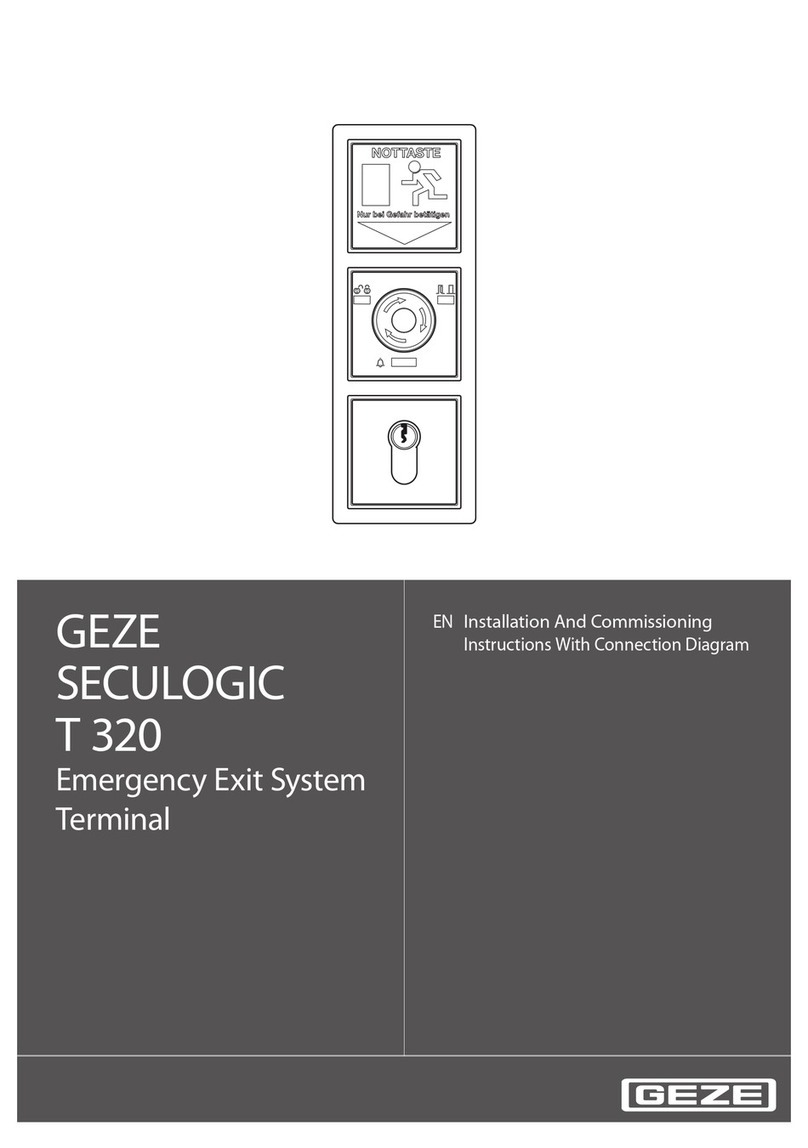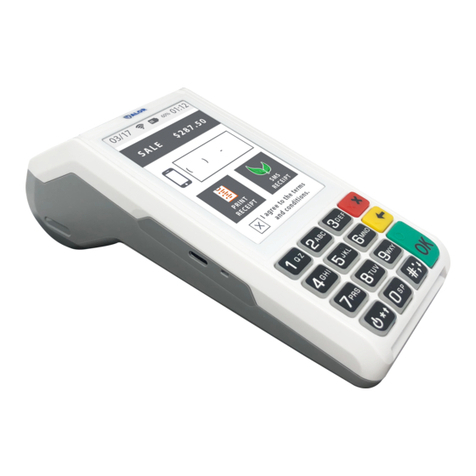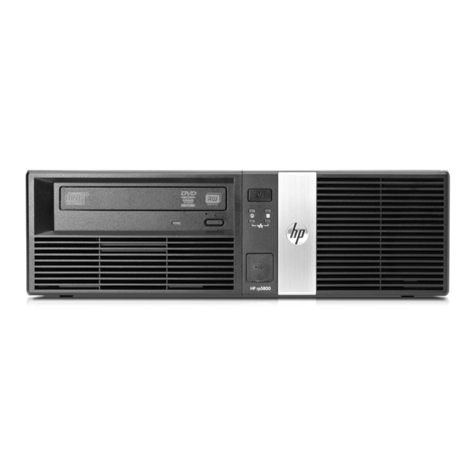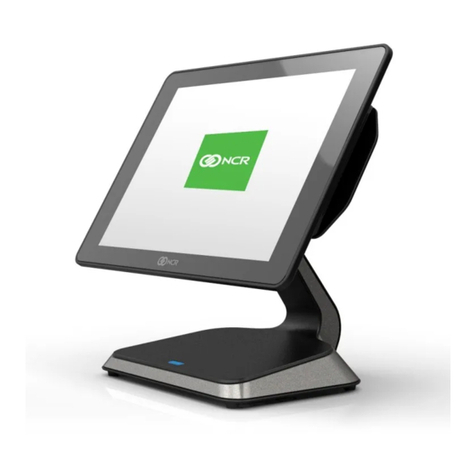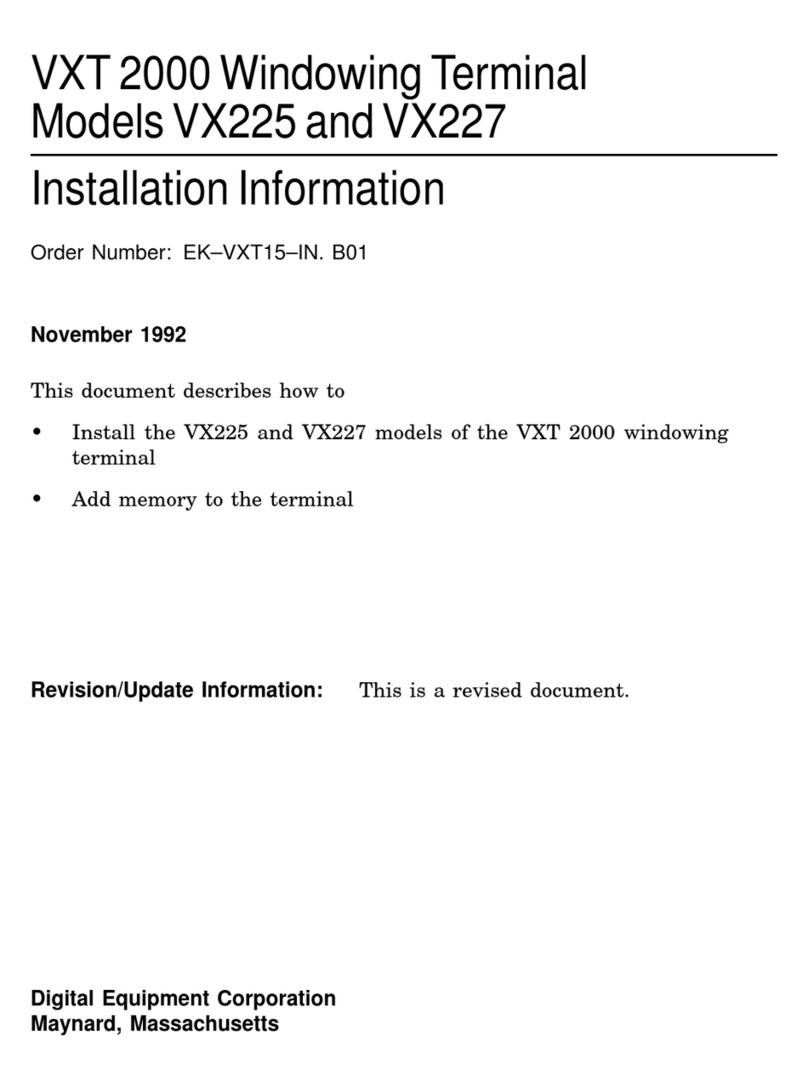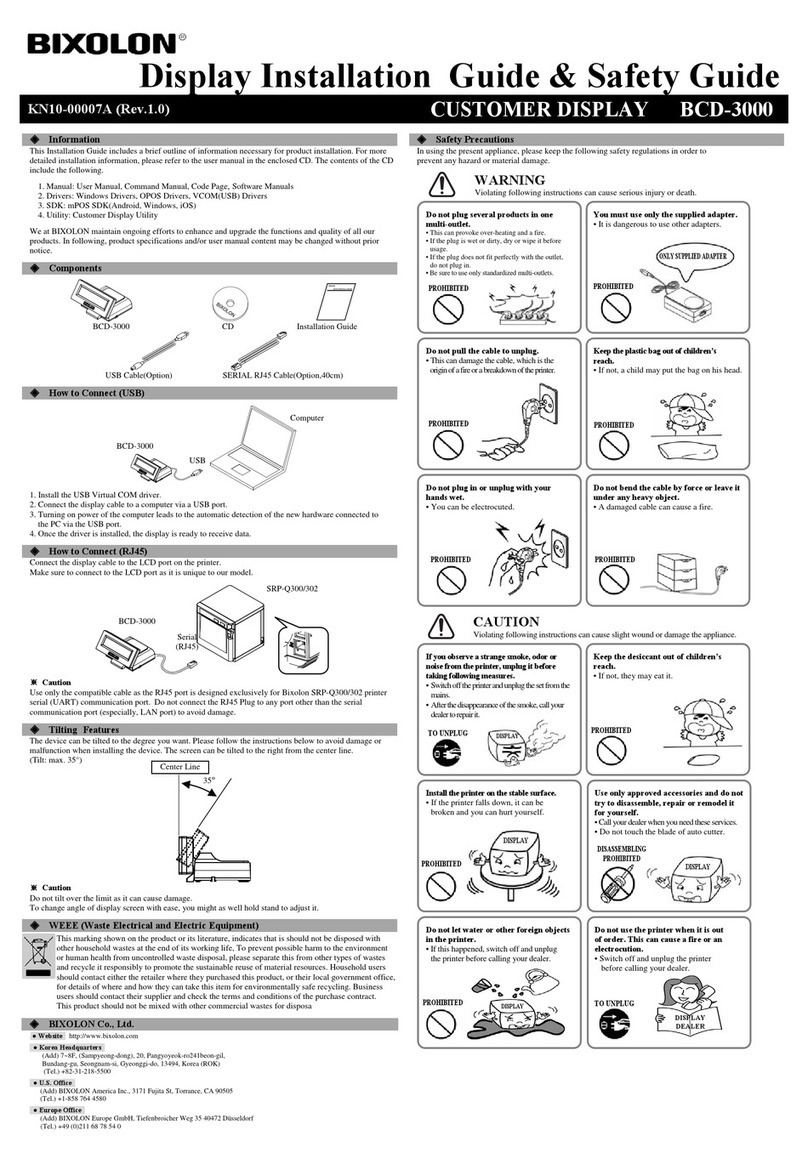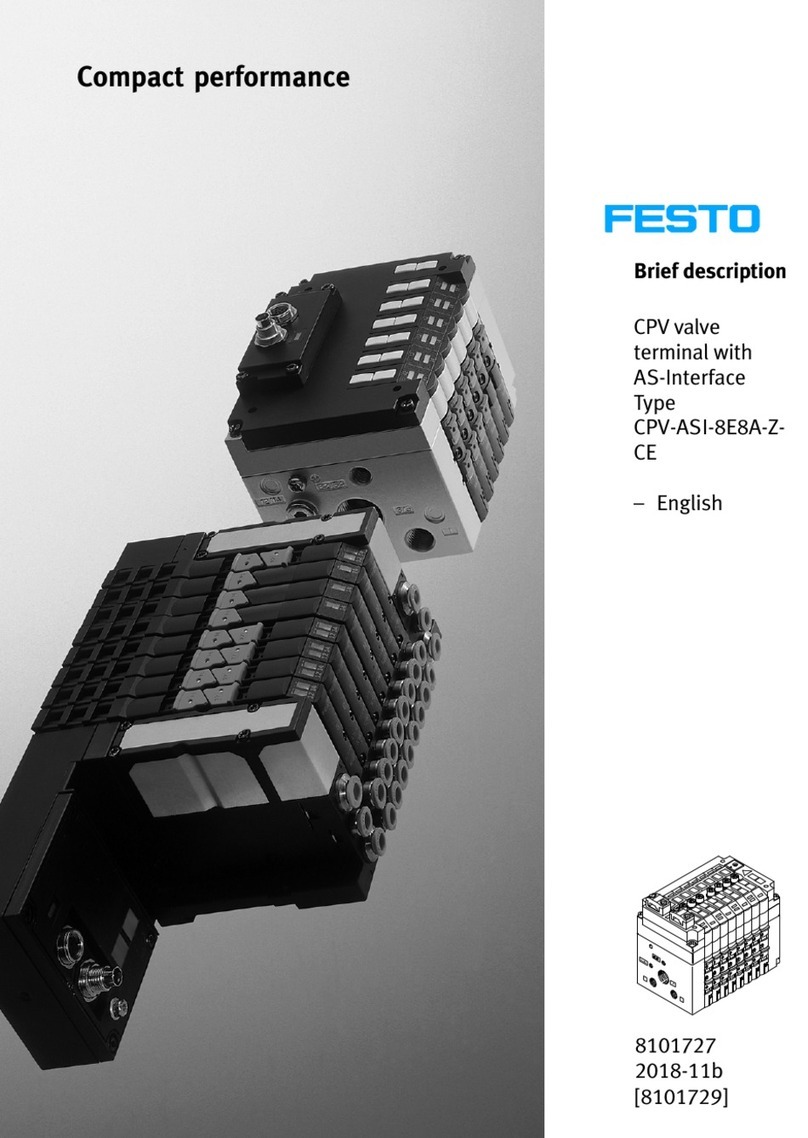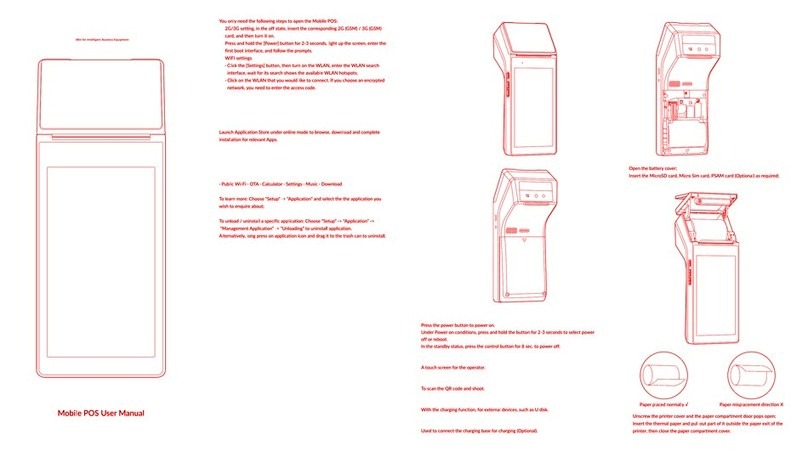DIMAT OPU-1 Operating and maintenance instructions

1/67
Carrer de les Ciències, 149-151
08908 L’Hospitalet de Llobregat
Barcelona-Spain
Tel.: +34 933 490 700
Fax: +34 933 492 258
UNIVERSAL POWER-LINE CARRIER SYSTEM
TYPE OPU-1
GENERAL DESCRIPTION
Rev 7 - May 2019

OPU-1
UNIVERSAL POWER-LINE CARRIER SYSTEM TYPE OPU-1
GENERAL DESCRIPTION - Rev 7 (May 2019)
2/67
SAFETY SYMBOLS
WARNING OR CAUTION:
This symbol denotes a hazard. Not following the indicated
procedure, operation or alike could mean total or partial
breakdown of the equipment or even injury to the personnel
handling it.
NOTE:
Information or important aspects to take into account in a
procedure, operation or alike.

OPU-1
UNIVERSAL POWER-LINE CARRIER SYSTEM TYPE OPU-1
GENERAL DESCRIPTION - Rev 7 (May 2019)
3/67
TABLE OF CONTENTS
Page
1INTRODUCTION 5
1.1 TRANSMISSION CAPACITY 5
1.2 MAIN FEATURES 9
1.3 MANAGEMENT SYSTEM 11
1.4 EXAMPLES OF APPLICATION 12
2MODULE DESCRIPTION 16
2.1 BASIC MODULES FOR TERMINALS OF 20 AND 40 W 19
2.2 ADDITIONAL MODULES FOR 80 W 22
2.3 ADDITIONAL MODULES FOR AN EXTRA FILTERS FOR 20 AND 40 W 22
2.4 OPTIONAL INTERNAL MULTIPLEXER 23
2.4.1 MXPU internal multiplexer 23
2.4.2 DMPU/TMPU internal multiplexer 25
2.5 ANALOG OPTIONAL MODULES 27
2.5.1 Speech module 27
2.5.2 Teleprotection terminals 28
2.5.2.1 Teleprotection terminal using single tone 28
2.5.2.2 Teleprotection terminal using FSK channels 29
2.5.2.3 Teleprotection terminal using dual tone 29
2.5.2.4 Teleprotection terminal integrated in the digital band 30
2.5.3 Asynchronous programmable modem type MFPU 32
2.5.4 Others 32
3PARTICULARITIES OF THE SYSTEM 34
3.1 USE OF THE ANALOG BASE BAND 34
3.2 USE OF THE PILOT (ANALOG CHANNEL) 34
3.3 MODULATIONS AND DEMODULATIONS 36
3.4 LINK SYNCHRONIZATION 37

OPU-1
UNIVERSAL POWER-LINE CARRIER SYSTEM TYPE OPU-1
GENERAL DESCRIPTION - Rev 7 (May 2019)
4/67
Page
3.5 TIME SYNCHRONIZATION 37
3.5.1 GPS synchronization 38
3.5.2 Ethernet synchronization 38
4MAIN MANAGEMENT MENUS 39
4.1 SYSTEM MENU 40
4.2 CONFIGURATION MENU 40
4.3 MONITORING MENU 42
4.4 ALIGNMENT HELP MENU 43
5TECHNICAL CHARACTERISTICS 45
5.1 GENERAL CHARACTERISTICS 45
5.2 HIGH-FREQUENCY CHARACTERISTICS 48
5.3 QAM DIGITAL MODEM CHARACTERISTICS 49
5.4 OFDM DIGITAL MODEM CHARACTERISTICS 50
5.5 USER INTERFACES 51
5.6 OPTIONAL BUILT-IN MULTIPLEXER CHARACTERISTICS 52
5.6.1 MXPU internal multiplexer 52
5.6.2 DMPU/TMPU internal multiplexer 53
5.7 OTHER CHARACTERISTICS 55
5.8 OPERATING CONDITIONS 58
5.9 MECHANICAL CHARACTERISTICS 59
5.10 MANAGEMENT SYSTEM 61
APPENDIX A
IP ADDRESSING 64

OPU-1
UNIVERSAL POWER-LINE CARRIER SYSTEM TYPE OPU-1
GENERAL DESCRIPTION - Rev 7 (May 2019)
5/67
1 INTRODUCTION
1.1 TRANSMISSION CAPACITY
The OPU-1 Universal Power-Line Carrier (PLC) terminal is outstanding in its high level of
modularity, allowing the transmission of all type of services through a high-voltage line.
It can be configured to transmit analog, digital or both analog and digital channels
simultaneously, including teleprotection.
When working with analog channels, the OPU-1 terminal can transmit one or two 4 kHz
standard channels in each direction. The effective band of each channel, from 300 Hz to
3850 Hz, can be used for the transmission of data at high speed, various VF telegraph
channels, teleprotection signals or for a speech-plus service.
When working with a digital channel, the OPU-1 terminal can support two different digital
modulation schemes (QAM or OFDM/OQAM). In general terms QAM is more suited for
long lines and medium transmission rates, while OFDM/OQAM is more suited for higher
transmission rates over short lines.
With the OFDM/OQAM digital modulation scheme, the OPU-1 terminal can support a
maximum transmission rate of 324 kbit/s in a bandwidth of 32 kHz, in each direction. A
transmission rate of 160 kbit/s in a bandwidth of 16 kHz, of 72 kbit/s in a bandwidth of
8 kHz, and of 32 kbit/s in a bandwidth of 4 kHz, in each direction, is also possible.
When working with a QAM digital channel, the OPU-1 terminal offers a transmission rate of
81 kbit/s, of which 79 kbit/s are available for user information, allowing various speech and
data channels to be multiplexed or, alternately, establish a channel of 64 kbit/s plus other
additional channels, up to a total of 15 kbit/s for signalling, telecontrol, etc. The multiplexing
of the different services, if desired, can be carried out by using an optional TDM internal
multiplexer that consists of up to three additional modules (speech and data ports). The
high-frequency transmission channel occupies a bandwidth of 16 kHz, in each direction.
Thanks to the use of a built-in echo canceller, the transmission and reception bands can be
superimposed, resulting in a total bandwidth of 16 kHz.

OPU-1
UNIVERSAL POWER-LINE CARRIER SYSTEM TYPE OPU-1
GENERAL DESCRIPTION - Rev 7 (May 2019)
6/67
With a QAM digital channel, transmission at 40.5 kbit/s in an 8 kHz bandwidth and at
20.25 kbit/s over a 4 kHz bandwidth is also possible, over a single frequency slot in
superimposed bands or two slots in non-adjacent bands in both cases.
At 40.5 kbit/s, the transmission and reception channels, each of 8 kHz, can be adjacent,
resulting in a total bandwidth of 16 kHz. At 20.25 kbit/s, the transmission and reception
channels, each of 4 kHz, can be adjacent, resulting in a total bandwidth of 8 kHz.
When working with a QAM digital channel, the OPU-1 can integrate teleprotection signals in
the digital operation band.
Examples of transmission possibilities are summarized in FIGURE 1. In case of frequency
congestion, the OPU-1 can be equipped with additional filters to use different frequency
slots for the analog and the digital channels in the same line or, even, as is represented in
FIGURE 2, in independent lines.
The use of additional filters in a twin-channel analog terminal also allows the transmission
and reception bands of each channel to be non-adjacent.
The OPU-1 terminal can work with different line filters, depending on the backplane type.
If desired, as a solution for PLC networks with frequency congestion, the OPU-1 can
function as a High-Frequency teleprotection system. This functionality enables electrical
power utilities to transmit teleprotection commands between protection relays over
high-voltage lines in a single 4 kHz bandwidth, using 2 kHz for transmission and 2 kHz for
reception. This functionality implies a specific hardware architecture of the terminal.
OPU-1 terminals comply with the International Recommendation IEC 495, regarding PLC
equipment.
HF Teleprotection functionality meets the security and dependability requirements specified
in IEC 60834-1 Recommendation for the three types of teleprotection command schemes:
Permissive tripping schemes, Intertripping schemes (Direct or transfer tripping) and
Blocking protection schemes.

OPU-1
UNIVERSAL POWER-LINE CARRIER SYSTEM TYPE OPU-1
GENERAL DESCRIPTION - Rev 7 (May 2019)
9/67
1.2 MAIN FEATURES
Some of the most remarkable features of the OPU-1 terminal are the following:
❖Time synchronization.
The OPU-1 terminal chronologically registers all the alarms produced in the terminal, as
well as the events that refer to the link service. In order to establish the date and time the
alarms and/or events are produced, the OPU-1 terminal has a real time clock, which can
be synchronized with the GPS system or by means of the SNTP protocol.
❖Two digital modulation schemes
The OPU-1 offers two different modulation schemes to better suit all transmission needs
in terms of the quality of service required by the applications and the transmission line
characteristics. Both QAM and OFDM/OQAM are supported by the OPU-1 and can be
selected from the programming software.
The choice between QAM and OFDM/OQAM depends on the required transmission rate,
required BER and internal latency, on the one hand, and S/N ratio and line attenuation on
the other hand. QAM can work at lower values of S/N and has a lower transmission
latency, whereas OFDM/OQAM increases the transmission rate at the expense of a
higher transmission latency and needs higher values of S/N ratio.
❖Automatic fall-back/increase rates.
A remarkable feature of the OPU-1 when working with a digital modem unit is the
automatic fall-back rate when there is unfavourable line noise and/or signal reflection
conditions.
In the example for QAM, see FIGURE 3, the transmission rate is automatically reduced to
half or a third of the maximum value if necessary, that is to say, to 40.5 kbit/s and
27 kbit/s respectively. When the line conditions improve, the transmission rate is
automatically re-established.
In OFDM/OQAM, the channel is constantly evaluated in such a way that the carriers
that are affected by noise or interferences can automatically reduce its base modulation
or even disappear. Also the turbo code rate can change to make communications more
reliable. The two mechanisms combined allow the maximum transmission rate to be
dynamically adjusted, ensuring a correct BER in every condition.
For the QAM, this automatic feature can be disabled from the programming software if
necessary.
The link quality measurement is based on the G.821 standard concepts.

OPU-1
UNIVERSAL POWER-LINE CARRIER SYSTEM TYPE OPU-1
GENERAL DESCRIPTION - Rev 7 (May 2019)
10/67
FIGURE 3 Automatic fall-back/increase rates (QAM)
❖Ethernet user interface with built-in bridge functionality.
On the front plate of the terminal it is available an Ethernet user interface which is of utility
when using the OPU-1 for the interconnection of different line segments. In this case, the
built-in Ethernet bridge selects the frames to be transmitted to the remote end, thus
making a more efficient use of the communications channel.
The information is multiplexed with the rest of speech and data channels and
transmitted in the QAM signal.
❖SNMP agent.
The OPU-1 terminals can include an SNMP agent to make GET and SET operations as
well as to send TRAP and INFORM notifications (unsolicited information spontaneously
transmitted) about alarms and events of the terminal to the devices specified by the user,
and this makes it possible to monitor the OPU-1 terminal from an SNMP management
application.
❖Narrow-Band High-Frequency Teleprotection functionality.
This functionality is the best solution for PLC networks with frequency congestion. It
enables electrical power utilities to transmit teleprotection commands over high-voltage
lines, in only one standard 4 kHz channel, using 2 kHz for Tx and 2 kHz for Rx.
This functionality implies a specific hardware architecture of the terminal.

OPU-1
UNIVERSAL POWER-LINE CARRIER SYSTEM TYPE OPU-1
GENERAL DESCRIPTION - Rev 7 (May 2019)
11/67
1.3 MANAGEMENT SYSTEM
The OPU-1 terminals have a built-in web server containing all the pages necessary for the
system programming and monitoring, being unnecessary for any software to be supplied
with the equipment.
The connection between the computer and the terminal can be direct, or should the
necessary networking devices be available, by means of an IP network (LAN). In the last
case, all the computers connected to the IP network can manage any OPU-1 terminal
connected to the said IP network.
The user can access the home web page of the Management System by entering the IP
address of the web server of the OPU-1 terminal, once authorisation is gained by means of
the user password.
By default, the system has two created user profiles, one basic and the other administrator,
whose user identifications and passwords can be seen in TABLE 1. Each one has different
management capacities, whilst the administrator user being able to modify and supervise
any parameter of the terminal, the basic user can only retrieve or supervise the parameters
of the terminal, and is unable to alter its operation at any time.
TABLE 1 Default user passwords of the system
User identification
Password
Basic User
basic
basic
Administrator User
admin
admin

OPU-1
UNIVERSAL POWER-LINE CARRIER SYSTEM TYPE OPU-1
GENERAL DESCRIPTION - Rev 7 (May 2019)
12/67
1.4 EXAMPLES OF APPLICATION
The modularity of the OPU-1, together with its wide range of interfaces, permit most
configurations found in different applications to be covered. The following examples clearly
show some of the most relevant.
General purpose
Analog channel intended for teleprotection signals, and QAM/OFDM signal for data and
speech channels.
For this application the OPU-1 terminal is equipped with a set of 4-command teleprotection
system and with the necessary optional multiplexer modules.
FIGURE 4 Transmission of data, speech and teleprotection signals

OPU-1
UNIVERSAL POWER-LINE CARRIER SYSTEM TYPE OPU-1
GENERAL DESCRIPTION - Rev 7 (May 2019)
13/67
Two independent PLC terminals in a single equipment
QAM/OFDM signal in one direction and analog 4 kHz channels in the other.
For this application it is necessary the additional filters.
FIGURE 5 Two independent PLC terminals in a single equipment
Frequency congestion solution
Different frequency slots in the same high-voltage line (see FIGURE 6) or, even, in different
lines (see FIGURE 5).
For this application it is necessary the additional filters.
FIGURE 6 Frequency congestion solution

OPU-1
UNIVERSAL POWER-LINE CARRIER SYSTEM TYPE OPU-1
GENERAL DESCRIPTION - Rev 7 (May 2019)
14/67
Teleprotection between 3 sites using only three OPU-1 terminals
This application consists in sending the same teleprotection information to two different
sites using only three OPU-1 terminals equipped each with two sets of 4-command
teleprotection system.
For this application, additional filters are necessary.
FIGURE 7 Teleprotection between 3 sites application
The use of additional filters in a twin-channel analog terminal allows the transmission
and reception bands of each channel to be non-adjacent.

OPU-1
UNIVERSAL POWER-LINE CARRIER SYSTEM TYPE OPU-1
GENERAL DESCRIPTION - Rev 7 (May 2019)
15/67
Teleprotection integrated in the digital band
The digital operation band is used for the QAM signal and teleprotection signals.
For this application the OPU-1 terminal is equipped with a specific set of 4-command
teleprotection system.
The guard signal is sent to the high-voltage line together with the QAM signal. When the
receiver detects the absence of the guard signal, the QAM signal is blocked, for a pre-set
period of time, to allow command signal detection.
FIGURE 8 Teleprotection integrated in the digital band (16 kHz)

OPU-1
UNIVERSAL POWER-LINE CARRIER SYSTEM TYPE OPU-1
GENERAL DESCRIPTION - Rev 7 (May 2019)
16/67
2 MODULE DESCRIPTION
The OPU-1 terminal can have an output power of 20 W, 40 W and 80 W (PEP), measured
at the coaxial-connector output, shared between the analog and digital channels.
The OPU-1 basic terminal consists of one shelf of 3 s.u. in height, which contains the power
stage modules for 20 W and 40 W, and one shelf of 6 s.u. in height, which contains the
power supply, the management, signal processing and control unit, digital modem unit and
the optional modules. The module arrangement for 20 and 40 W is shown in FIGURE 9.
All the shelves are prepared for mounting in a 19" rack.
FIGURE 9 OPU-1 module arrangement for 20 and 40 W

OPU-1
UNIVERSAL POWER-LINE CARRIER SYSTEM TYPE OPU-1
GENERAL DESCRIPTION - Rev 7 (May 2019)
17/67
The 80 W terminal is obtained by adding to the 40 W terminal an additional shelf of 3 s.u. in
height, containing a second 40 W amplifier and a differential transformer to connect the first
in parallel to the second to obtain the 80 W output power. The module arrangement for
80 W is shown in FIGURE 10.
FIGURE 10 OPU-1 module arrangement for 80 W

OPU-1
UNIVERSAL POWER-LINE CARRIER SYSTEM TYPE OPU-1
GENERAL DESCRIPTION - Rev 7 (May 2019)
18/67
When working in hybrid mode, it is possible to provide the 20 W or 40 W terminal with
additional filters to use different frequency slots for the analog and the digital channels in
the same line or, even, in independent lines. The module arrangement for the additional
filters is shown in FIGURE 11.
The use of additional filters in a twin-channel analog terminal also allows the transmission
and reception bands of each channel to be non-adjacent.
FIGURE 11 OPU-1 module arrangement for 20 and 40 W with additional filters

OPU-1
UNIVERSAL POWER-LINE CARRIER SYSTEM TYPE OPU-1
GENERAL DESCRIPTION - Rev 7 (May 2019)
19/67
2.1 BASIC MODULES FOR TERMINALS OF 20 AND 40 W
FAPU POWER SUPPLY
This module contains the DC/DC converter that generates the internal
power-supply voltages from the input voltage, as well as a filter at the input to
suppress disturbance caused by fast transient bursts.
The module also contains the power-supply alarm external signalling relay.
The type of module depends on the nominal input voltage. The following types
are available:
FAPU.02 Input voltage of 48 VDC.
FAPU.10 Input voltage of 110 VDC.
FAPU.10/20 Input voltage from 110 to 220 VDC and VAC.
If power-supply redundance is necessary, the OPU-1 terminal must be
equipped with two power-supply modules.
The power supply is protected against polarity inversion.
MOPU.1X MANAGEMENT & ANALOG SIGNAL PROCESSING UNIT
On the one hand, it contains the central management unit that is made up of:
LAN interface (10/100Base-Tx), loop control, a decoder capable of processing
according to IRIG-B standard, a web server, an SNMP agent and the
associated MIB, and service channel.
On the other hand, for processing the analog signals, it contains a central
processing unit that is made up of: the circuits for the mixing of the signals to be
transmitted, modulation and demodulation circuits, synchronization circuits, digital
signal filtering, signal-to-noise ratio measurement and automatic gain control
(AGC) circuits.
It also contains the whole-band service-telephony circuits, which are operational
onlywhen the IOPU module is not installed in the equipment.
The type of module depends on whether the terminal is working with one or
two analog channels in this way:
MOPU.10 One analog channel (CH1).
MOPU.11 Two analog channels (CH1 and CH2).

OPU-1
UNIVERSAL POWER-LINE CARRIER SYSTEM TYPE OPU-1
GENERAL DESCRIPTION - Rev 7 (May 2019)
20/67
MQPU.1X DIGITAL MODEM UNIT
This module includes two data ports, one for synchronous data, with interface
V.35 or V.11 or G.703, and the other for asynchronous data, with interface
V.24/V.28. It also includes an Ethernet user interface.
It contains the frequency conversion and modulation and demodulation circuits,
synchronization and automatic gain control (AGC) circuits, and the control circuits
of the optional internal multiplexer.
For QAM, it also contains the circuits for link qualitymeasurement according to the
G.821 standard, an adaptive equalizer which minimizes the intersymbol
interference, and the echo canceller which allows the transmission in
superimposed bands to be carried out.
For processing the signals proceeding from the interfaces, this module generates
an internal frame and carries out the 128-QAM, 16-QAM or 4-QAM modulation,
and the Trellis coding.
In OFDM/OQAM, the bit stream is dynamically assigned to the 244 carriers
which can be modulated from a 4-QAM to a 4096-QAM depending on the
channel quality and sharing this modulation each group of carriers. The turbo
code rate also is dynamically assigned.
The type of module depends on the digital modulation scheme, in this way:
MQPU.10 QAM.
MQPU.11 OFDM/OQAM
RXPU RECEPTION FILTER
This module comprises the receive-channel filter. This module is located in the
3 s.u. shelf.
HIPU HF HYBRID
This module contains the high-frequency hybrid. This module is located in the
3 s.u. shelf.
Table of contents
Other DIMAT Touch Terminal manuals


